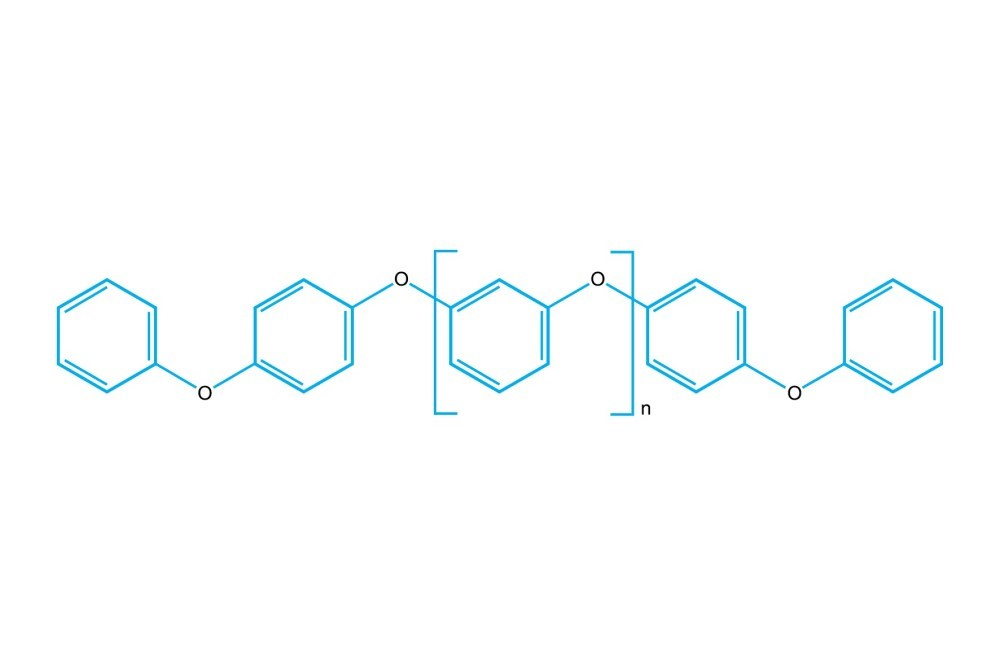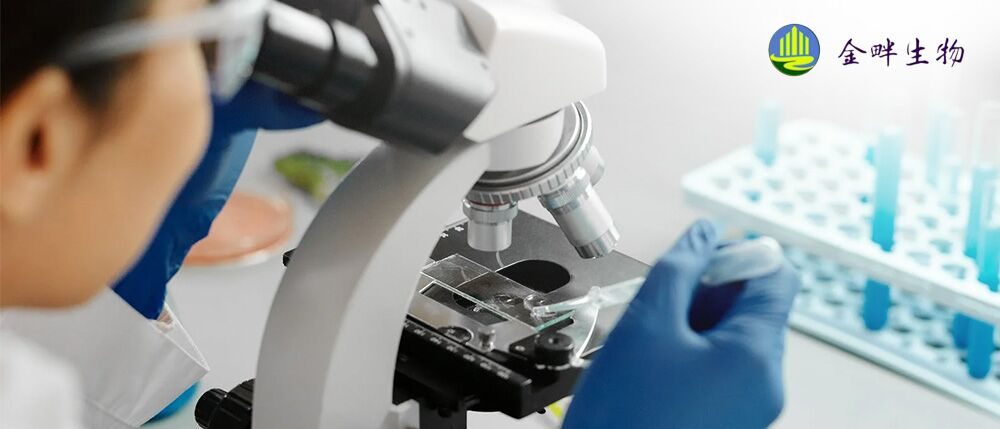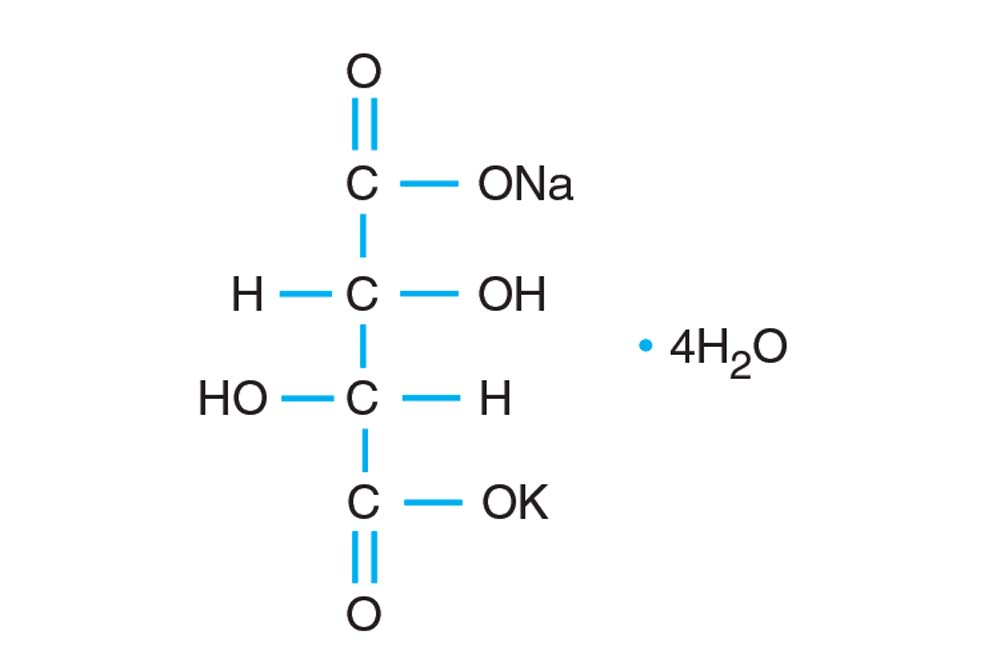Hampton Santovac Cryo Oil替代HR2-643 Parabar10312
APPLICATIONS
- Oil based cryoprotectant
应用
油基冷冻保护剂
FEATURES
- Low viscosity
- Low surface tension
- Cryoprotectant for soluble and membrane protein crystals
- Not miscible with most solvents
- Non toxic, non penetrating cryoprotectant
特征
低粘度
低表面张力
可溶性蛋白和膜蛋白晶体的冷冻保护剂
与大多数溶剂不混溶
无毒、非渗透性冷冻保护剂

DESCRIPTION
Used during cryocrystallography to displace and reduce the amount of water (mother liquor, reagent) on the crystal after the crystal is mounted in a cryoloop. Coating the crystal with oil can minimize evaporation from the crystal and reduce exposure and slow diffusion of air (oxygen) to the crystal.
Santovac Cryo Oil offers low viscosity, incredibly low vapor pressure, low surface tension, excellent chemical inertness and excellent thermal stability.
Dip the mounted crystal into the oil to displace surface water. Or add a small amount of Santovac to the crystallization drop before mounting the crystal. After adding the Santovac, mount the crystal using a Mounted Cryoloop. Withdraw the mounted crystal from the drop and the Santovac will coat the mounted crystal. Cryogenically cool the mounted crystal.
Santovac (Santovac 5) is a five ring polyphenyl ether (PPE) with very low vapor pressure and low reactivity. The oil is highly resistant to oxidation. The only elements in the pure polyphenyl ether are oxygen, hydrogen and carbon.
The fluid is chemically stable, non-corrosive, safe and non-toxic at normal operating temperatures.
Santovac is not miscible with water, paraffin oil, silicon oil, alkanes, or Parabar 10312 (Paratone). Santovac is miscible with acetone. Shelf life 5 years.
Santovac® is a trademark of Santovac® Fluids.
描述
在冷冻晶体学期间用于在晶体安装在冷冻环中后置换和减少晶体上的水(母液、试剂)的量。用油涂覆晶体可以最大限度地减少晶体的蒸发,并减少空气(氧气)对晶体的暴露和缓慢扩散。
Santovac Cryo Oil 具有低粘度、极低的蒸气压、低表面张力、出色的化学惰性和出色的热稳定性。
将镶嵌好的晶体浸入油中以置换地表水。或在安装晶体之前向结晶滴中添加少量 Santovac。添加 Santovac 后,使用 Mounted Cryoloop 安装晶体。从液滴中取出已安装的晶体,Santovac 将涂覆已安装的晶体。低温冷却安装的晶体。
Santovac (Santovac 5) 是一种具有极低蒸气压和低反应性的五环聚苯醚 (PPE)。该油具有很强的抗氧化性。纯聚苯醚中唯一的元素是氧、氢和碳。
该流体在正常工作温度下化学性质稳定、无腐蚀性、安全且无毒。
Santovac 与水、石蜡油、硅油、烷烃或 Parabar 10312 (Paratone) 不混溶。 Santovac 可与丙酮混溶。保质期5年。
Santovac® 是 Santovac® Fluids 的商标。
| HR2-861 | Santovac Cryo Oil | 1 mL |
RELATED ITEM(S)
REFERENCES
1. Structure of the ‘open’ form of Aspergillus nidulans 3-dehydroquinate synthase at 1.7 Å resolution from crystal grown following enzyme turnover. C.E. Nichols, A.R. Hawkins and D.K. Stammersa. Acta Crystallographic Section D, Volume 60, Part 5, Pages 971-973, May 2004.
2. Crystal Structure of the Caspase Activator Human Granzyme B, a Proteinase Highly Specific for an Asp-P1 Residue. E. Estebanez-Perpina et al. Biol. Chem., Vol. 381, pp. 1203-1214, December 2000.



